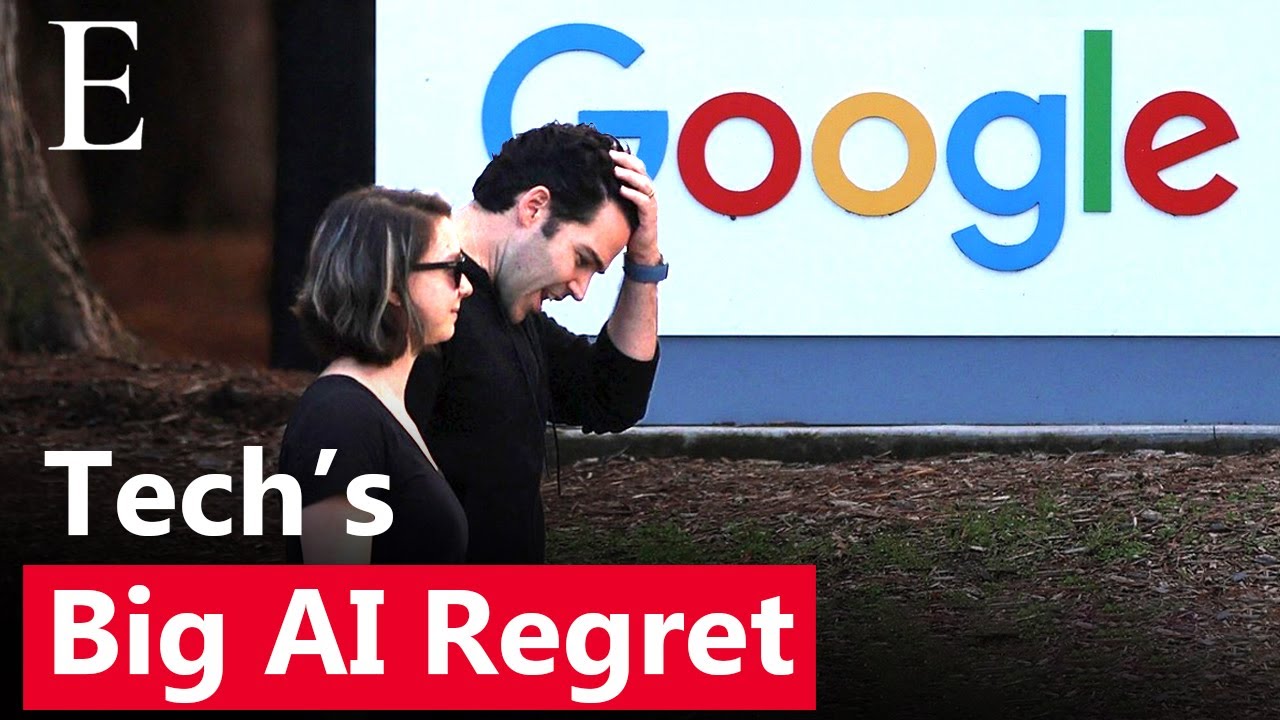Many leading tech companies have faced significant challenges and setbacks when attempting to replace human workers with AI, often resulting in reduced service quality, operational issues, and employee dissatisfaction. Successful AI integration requires a balanced approach that combines automation with human oversight, strategic planning, and ongoing training to enhance productivity without compromising workforce stability or customer experience.
Many leading tech companies like Tesla, Microsoft, Amazon, Google, and others have attempted to replace human workers with AI, aiming to boost efficiency and reduce costs. However, these efforts have often backfired, leading to significant layoffs and operational challenges. Microsoft recently announced layoffs affecting nearly 4% of its workforce, and Amazon’s CEO has warned employees about job reductions due to generative AI. Despite initial enthusiasm, over half of businesses that replaced employees with AI now regret the decision, quietly scaling back their automation efforts.
Tesla’s 2017 experiment with extreme automation in its Gigafactory serves as a cautionary tale. The company aimed to create a highly automated production line for the Model 3 but faced frequent machinery failures and bottlenecks, resulting in production far below targets. Robots broke down frequently, and the fragile system forced Tesla to reintegrate human workers temporarily. Elon Musk later acknowledged that “humans are underrated,” highlighting the limitations of relying too heavily on automation without sufficient human oversight.
Similar challenges have emerged in service and intellectual tasks. Companies like CLA and Clara implemented AI chatbots to replace customer service agents, initially reducing workforce size and handling many interactions. However, service quality declined, with increased problem resolution times and customer dissatisfaction. Taco Bell’s automated voice system also faced errors affecting orders and billing, while Duolingo’s AI-driven content led to a drop in lesson quality and user retention. These examples demonstrate that AI struggles with tasks requiring contextual judgment and nuanced understanding.
Research from MIT and other sources reveals that only a small fraction of AI integrations yield significant financial benefits, with many failing due to poor planning, inadequate data, and insufficient employee training. Moreover, AI implementation without human supervision has led to increased employee turnover and decreased customer satisfaction. Companies that adopt AI gradually and combine it with human oversight report better outcomes, including productivity gains and cost reductions. The key is to use AI as a complementary tool rather than a full replacement for human labor.
The overall lesson is that responsible AI integration requires strategic planning, clear communication, and ongoing training. When employees feel valued and supported, AI can free them from repetitive tasks and enable focus on higher-value work. However, fears of job loss and poor implementation can lead to stress, demotivation, and talent loss. Successful companies balance technology with human skills, ensuring resilience and improved performance. As AI continues to evolve, thoughtful adoption will be crucial to harness its benefits without sacrificing workforce stability or customer experience.
